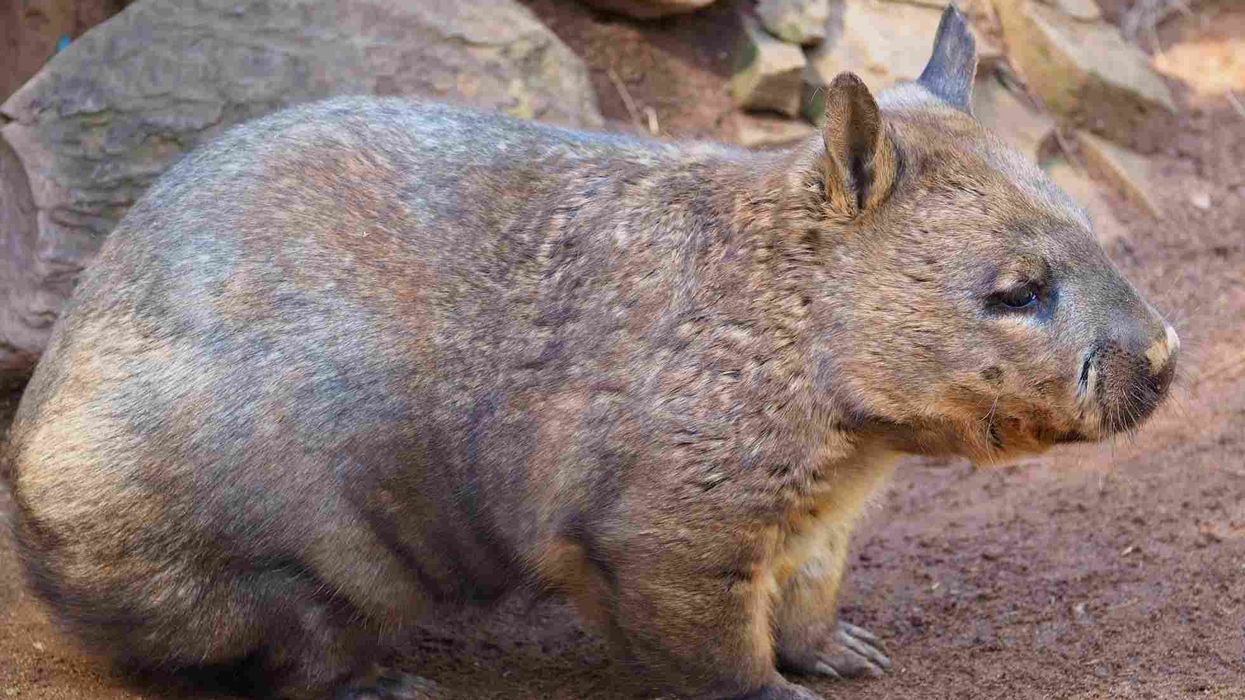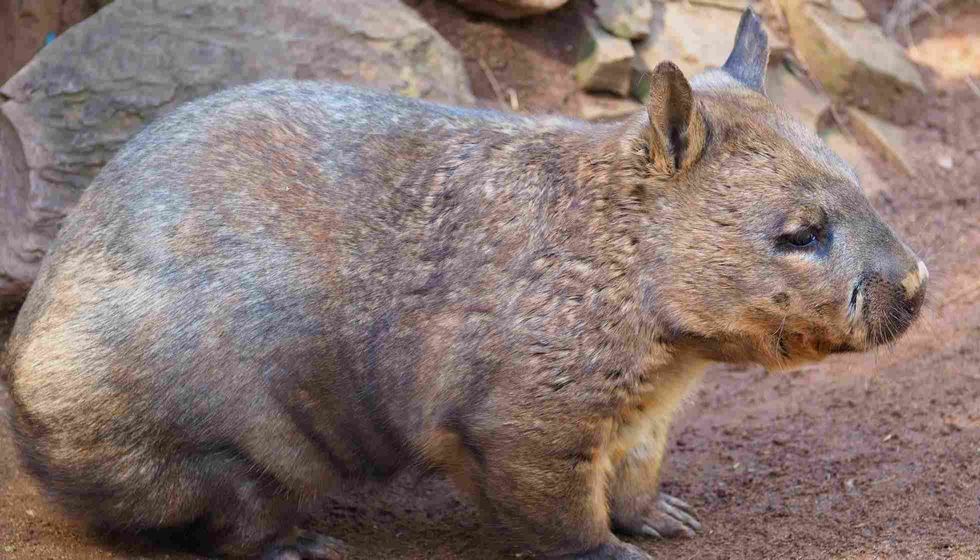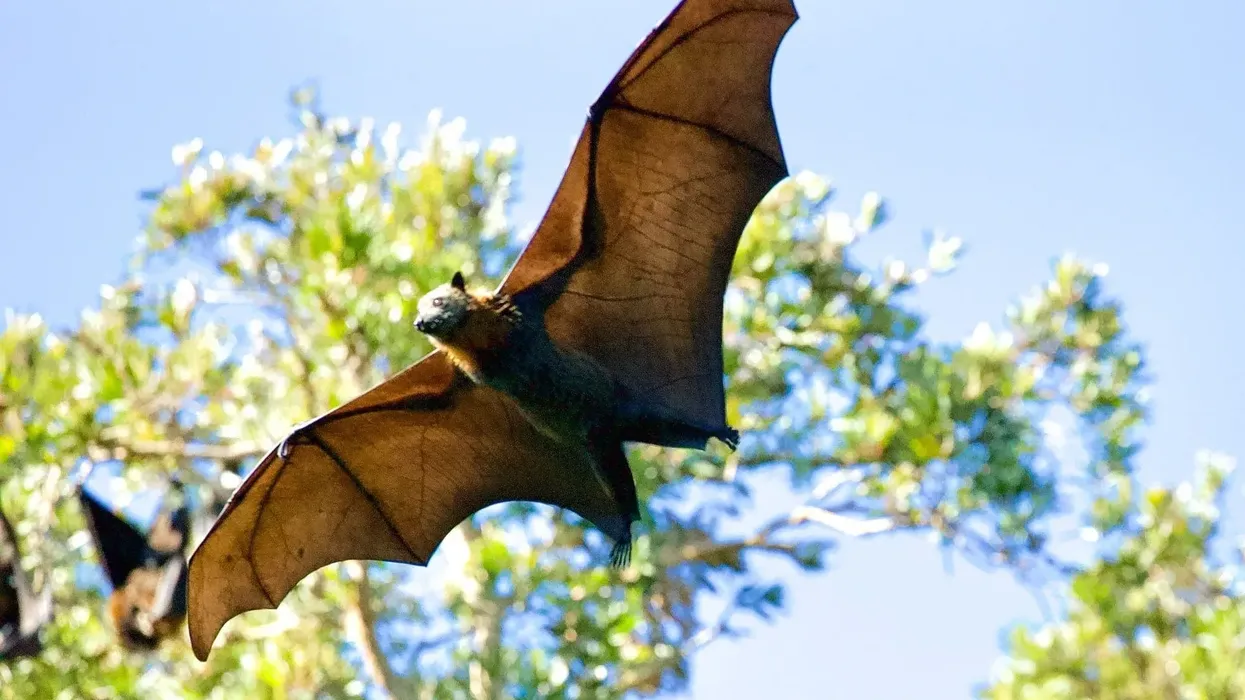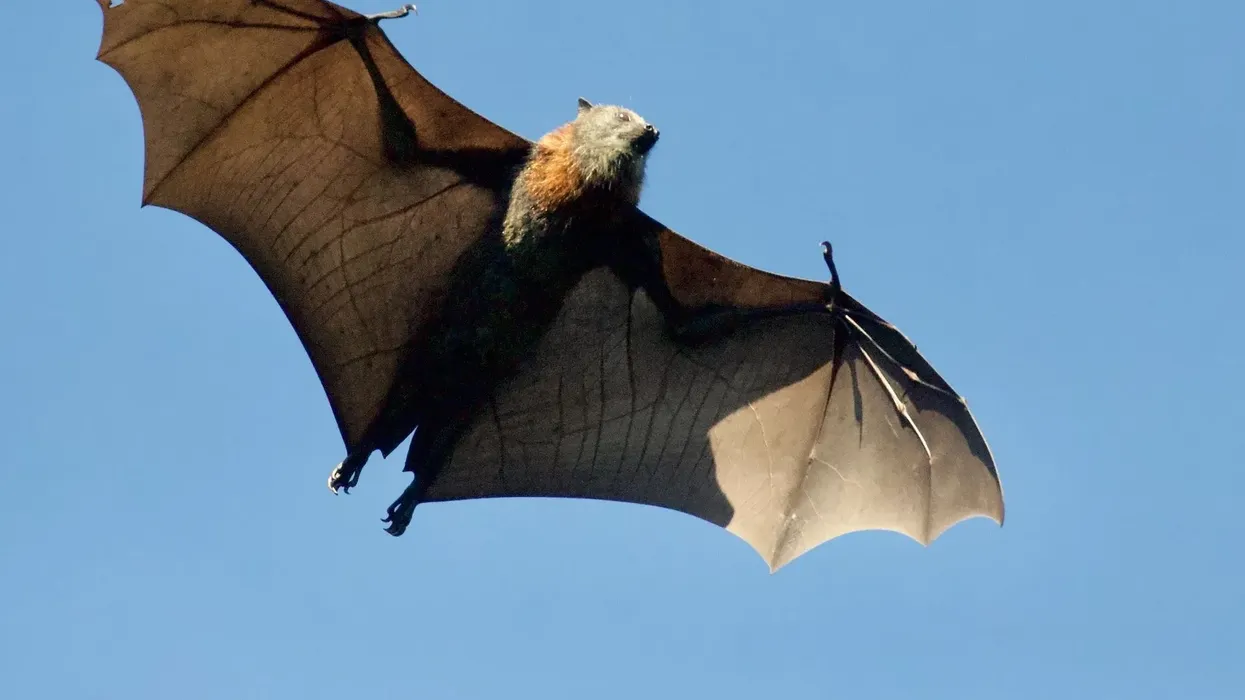There are three major types of wombat namely the common wombat, northern hairy nosed wombats, and southern hairy nosed wombats. The phrase wombat comes from the Darug language spoken by people in Sydney, central Queensland, Australia.
Northern hairy nosed wombats (Lasiorhinus krefftii) are small terrestrial beings and spend equal time both above and below. They live in grasslands and open woodlands mostly in Australia.
Wombats are popular animals who are hunted for their fur this and other similar practices have majorly affected their populations. They are known to attack when threatened and can bite too, but over time may also become friendly towards humans.
They are solitary beings who are shy as well hence they prefer residing alone. Wombats are primarily herbivorous hence they require large amounts of the same to feed on to fulfill their daily dietary requirements.
This becomes a menace for the cultivators or farmers as they are known to destroy crops as well specifically in Australia because certain regions do experience droughts.
Read on to find out more. For more relatable content, check out these common wombat and Irish terrier facts.
Northern Hairy Nosed Wombat Interesting Facts
What type of animal is a northern hairy nosed wombat?
The Northern hairy nosed wombat is a type of marsupial or pouched animal. Marsupial is a term for pouched animals that live in burrows.
What class of animal does a northern hairy nosed wombat belong to?
The northern hairy nosed wombat is a type of animal that belongs to the Mammalia class, family Vombatidae, genus Lasiorhinus, and order Diprotodontia.
How many northern hairy nosed wombats are there in the world?
Northern nosed wombats population size is estimated at 250 northern hairy nosed wombats. There is a population of 138 found in one place i.e. the Epping forest national park located in central Queensland where there is a proof fence.
Where does a northern hairy nosed wombat live?
These wombats are range in grasslands, in regions near woods (woodlands), and also in some instances near farms. They are seen predominantly in regions of New South Wales and western Australia.
What is a northern hairy nosed wombat's habitat?
The northern hairy nosed wombat habitat range constitutes terrestrial areas with burrows where they build their shelter. They are seen both above and below the ground in semi-arid regions, grasslands, and open woodlands.
Who do northern hairy nosed wombats live with?
Wombats are shy and largely solitary beings. They live with other family members in their burrows and coexist with other wild species in the wild. They are heavily built however, they hide in their burrow as soon as they sense any threat.
How long does a northern hairy nosed wombat live?
The average lifespan of the northern hairy nosed wombat is 24 years. They spend most of their time in their burrow and are nocturnal beings. The wombat species that lived 24 years was recorded in Epping forest national park in Queensland.
How do they reproduce?
Wombat mating season occurs once per year. Reproduction occurs in spring or in summer.
Males and females mate and give birth to one young per litter. The young stay in the female's pouch for six months and is nursed for eight to nine months.
Exact information related to their gestation period and reproduction-related activities like courtship rituals is not evaluated as it is difficult to observe all their activity in their burrow or habitat range.
What is their conservation status?
The northern hairy nosed wombat conservation status is listed as Critically Endangered by the International Union For Conservation Of Nature (IUCN). Its population size is endangered primarily due to hunting, poaching, other illegal practices, and predators.
Northern Hairy Nosed Wombat Fun Facts
What do northern hairy nosed wombats look like?
Hairy nosed wombats are heavily built and have powerful forearms. They have cute facial features with pointed ears, large heads, and small eyes.
Their nose is small in size and they have moderate capacities to smell and whiskers beside their noses. They also possess strong teeth which help them bite through the diet they feed on. Their teeth continue to grow throughout their life.
Both males and females have a soft fur coat on their bodies which has been hunted for decades to be further used. They are spotted easily near native grasses.

*Please note that this is an image of a Common Coarse-haired Wombat, not a northern hairy nosed wombat. If you have an image of a northern hairy nosed wombat please let us know at hello@kidadl.com.
How cute are they?
They are extremely cute and shy beings. It's rare to see them given that their population is listed as Critically Endangered. Their population has declined rapidly due to illegal practices which have affected the wombat population. Efforts to preserve the wombat population have been initiated in multiple parts.
How do they communicate?
They make use of tactile and chemical means to communicate. They also make use of body language in order to communicate to other species their own kind.
How big is a northern hairy nosed wombat?
The northern hairy nosed wombat resides in native grasses and is 39.37 in (1 m) which two is times bigger than the European rabbit which is 15-20 in (38- 51 cm).
How fast can a Northern Hairy-Nosed Wombat run?
The common wombat species run at 28.4 mph (40 kph). The exact running speed of the northern hairy nosed wombat is not known. The common wombat is a species similar to the northern hairy nosed wombat. They have pointed ears and a good sense of smell to smell their prey.
How much does a northern hairy nosed wombat weigh?
The northern hairy nosed wombat weighs 88.2 lb (40 kg). The record holder for the largest living wombat is 84 lb (38.1 kg) and is named Patrick.
What are the male and female names of the species?
Males and females species have specific names males are called jacks and females are called jills. They differ in reproductive functions and have the same fur coat over their body.
What would you call a baby northern hairy nosed wombat?
The baby northern hairy nosed wombat is called a joey. The baby joey stays in the mother pouch similar to a kangaroo who carries its young in its pouch as well.
What do they eat?
The northern hairy nosed wombat species is primarily herbivorous in nature. They feed within their habitat range. Their diet constitutes of grasses and other crops which may affect farmers and their products rapidly.
Are they dangerous?
Yes, their populations can be dangerous if harmed otherwise they are not harmful. Their population has declined rapidly over the last few years hence it's rare to spot them in the first place.
Would they make a good pet?
No, wombat species are not ideal to be kept as pets. In places like Queensland and Australia, it's illegal to own such species as pets since they require a particular habitat range to survive in. It's best to observe them in their natural habitat in the wild from a distance.
Did you know...
Wombats' closest relatives are the koala species. This is truly amusing considering how different they both are. The only common feature between the two is their cute nose.
Wombat species have the magical ability to jump. Given their size and movement, you would mistake them for species that cannot jump but these are known to jump over meter-high fences.
The television series 'A Country Practice' has a character named Fatso the wombat was played by three different wombats. Have you ever come across any species of wombats in series or movies?
A group of wombats is called the wisdom of wombats, a colony of wombats, and also, a mob of wombats.
Why is the northern hairy nosed wombat endangered?
The northern hairy nosed wombat species is considered to be a Critically Endangered species. The major reasons for this are illegal practices like hunting, poaching, and trade.
Other attacks include ones from predator species like the fox, eagle, and wild dog species. Conservation efforts have been set in place to protect such wild species. The 22 November is even celebrated as World Wombat Day.
In most countries, it's illegal to adopt them and even practice illegal trade. If you wish you could visit them in Epping forest national park in central Queensland where they have a proof fence.
How many hours do wombats sleep?
Wombat species are known to sleep up to 16 hours and they utilize their energy while running. They often sleep on their backs and their legs and snore while sleeping.
They sleep in their burrows and have long durations of sleep. They sleep throughout the day and come out in the night when they search for prey. Most of their population is constituted in Queensland in the Epping forest national park.
Here at Kidadl, we have carefully created lots of interesting family-friendly animal facts for everyone to discover! Learn more about some other mammals from our white tailed deer facts and rabbit facts pages.
You can even occupy yourself at home by coloring in one of our free printable Northern hairy nosed wombat coloring pages.
*Please note that the main image is of a southern hairy nosed wombat, not a northern hairy nosed wombat. If you have an image of a northern hairy nosed wombat please let us know at hello@kidadl.com.









